Description
The idea for Sacrifice (18×24) came to me while visiting the archeological museum in Mexico city. As I photographed numerous artifacts in several museums, I learned about the history and practice of the indigenous people of America including Maya, Oaxaca and Aztecs.
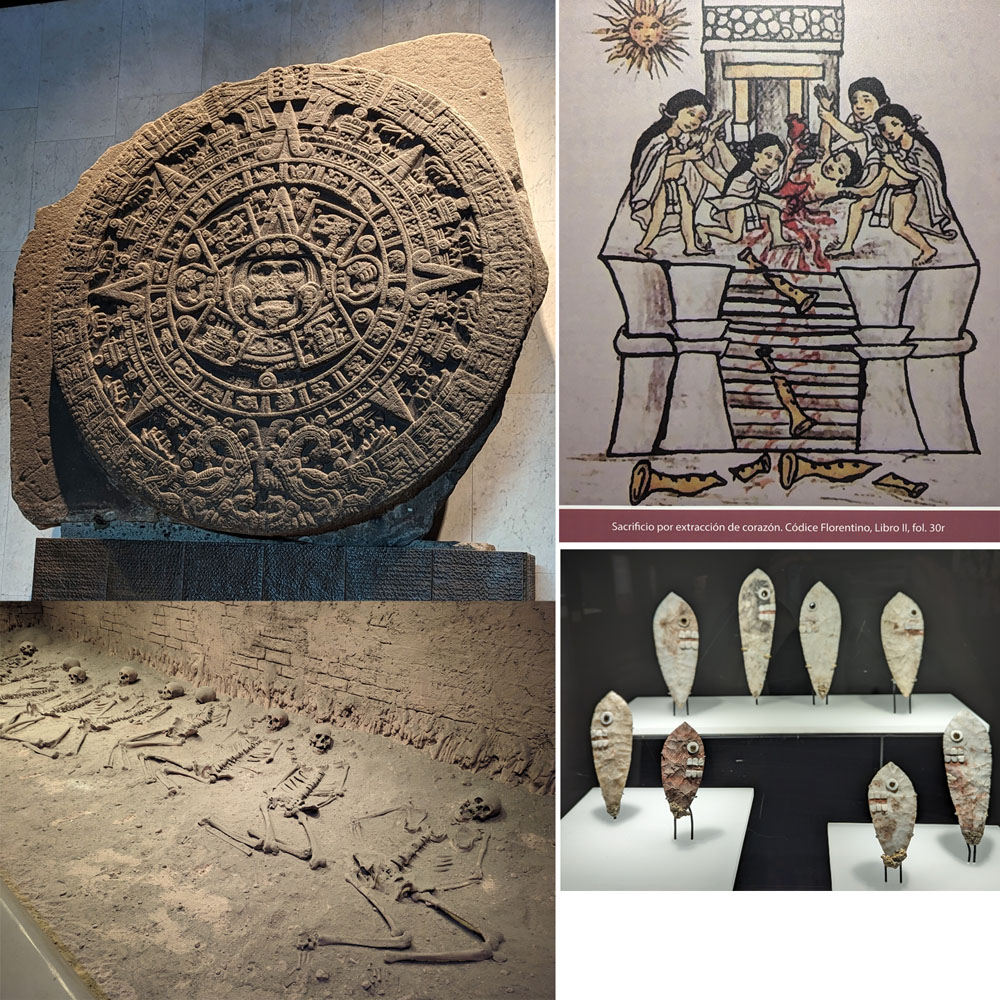
The Stone of the Sun or Aztec Calendar
The most famous sculpture of the Mexica is the Stone of the Sun, discovered in late 1790. It was found in the Plaza Mayor of the capital of New Spain. Because of its symbolism and the names of the days and the cosmogonic suns, it was INCORECTLY named as the Aztec Calendar. It’s NOT a calendar but a very large gladiatorial sacrificial altar, known as a temalacatl, which was never completed because of a deep crack running across the stone’s back. Despite its fracture, it was probably used for the ceremonial fights of warriors.
The “Stone of the Sun” disk design: The face of the god-Xiuhtecuhtli is emerging from the earth’s hole. He is holding a pair of human hearts in his hands. His tongue becomes a sacrificial knife used to carve the hearts out from live people! The god is surrounded by the four suns that precede the Fifth Sun, inscribed in the sequence of 20-day signs. The figure of the Sun has 4 sharp, sacrificial symmetrical beams. The Sun is surrounded by two fire serpents (the heads of which you see at the bottom of the stone) – Xiuhcoatl – which carry the Sun across the Heavens.
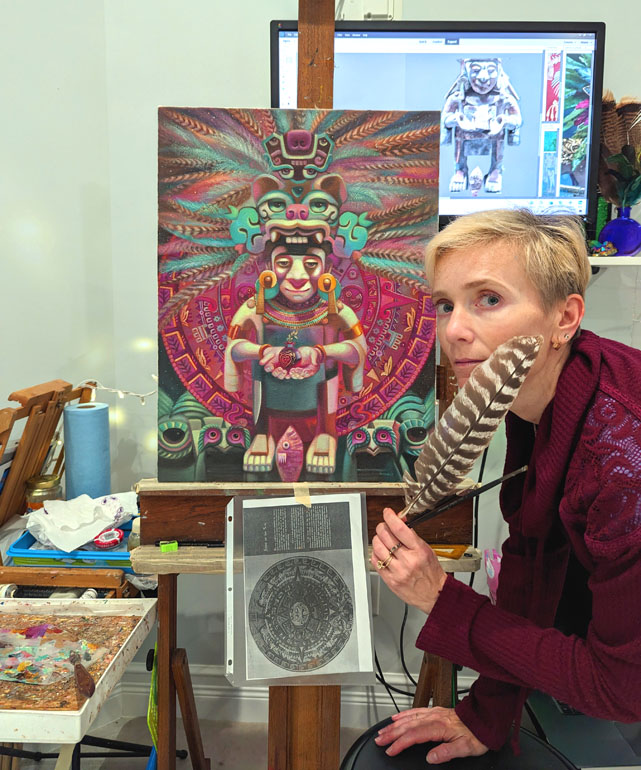
Jaguar
Jaguar was a sacred animal in ancient cultures of the Mexica region. In both Aztec and Maya cultures, the jaguar symbolized power, strength, royalty, and a connection to the divine. Its association with deities, warriors, rulers, and shamans highlights its supreme role in the spiritual and social aspects of these civilizations.
In Aztec mythology, the jaguar (known as “ocelotl” in Nahuatl, the Aztec language) was associated with several deities and had various symbolic representations:
- Tezcatlipoca: The jaguar was closely linked to Tezcatlipoca, one of the most important deities in Aztec religion. Tezcatlipoca was often depicted with jaguar attributes, such as jaguar skin and jaguar paws. He was associated with power, sorcery, darkness, and the night sky.
- Warriors: The Aztec warriors, known as “Jaguar Warriors” or “Ocelomeh,” wore jaguar skins as part of their battle attire. By embodying the strength and agility of the jaguar, these warriors aimed to channel its fierce qualities and become fearsome in combat.
- Symbol of Royalty and Nobility: The jaguar was also associated with rulers and nobles. It represented their status, strength, and connection to the divine. Jaguar motifs adorned thrones, regalia, and ceremonial attire, emphasizing the ruler’s authority.
In Maya Culture: It was known as “b’alam” in the Mayan language, and its symbolism encompassed several aspects:
- Power and Royalty: The jaguar was often associated with rulers and elites in Maya society. It represented their authority, prowess, and connection to the supernatural realm. Depictions of rulers adorned with jaguar attributes, such as headdresses or jaguar pelts, indicated their elevated status.
- Astral and Underworld Symbolism: The jaguar was linked to celestial bodies and the underworld in Maya cosmology. It was believed to possess the ability to move between different realms, acting as a mediator between the earthly realm and the divine.
- Shamanic Connections: Shamans in Maya society were believed to possess the ability to transform into jaguars, allowing them to communicate with deities and traverse spiritual realms. The jaguar served as a symbol of their shamanic powers and their role as intermediaries between humans and the supernatural.
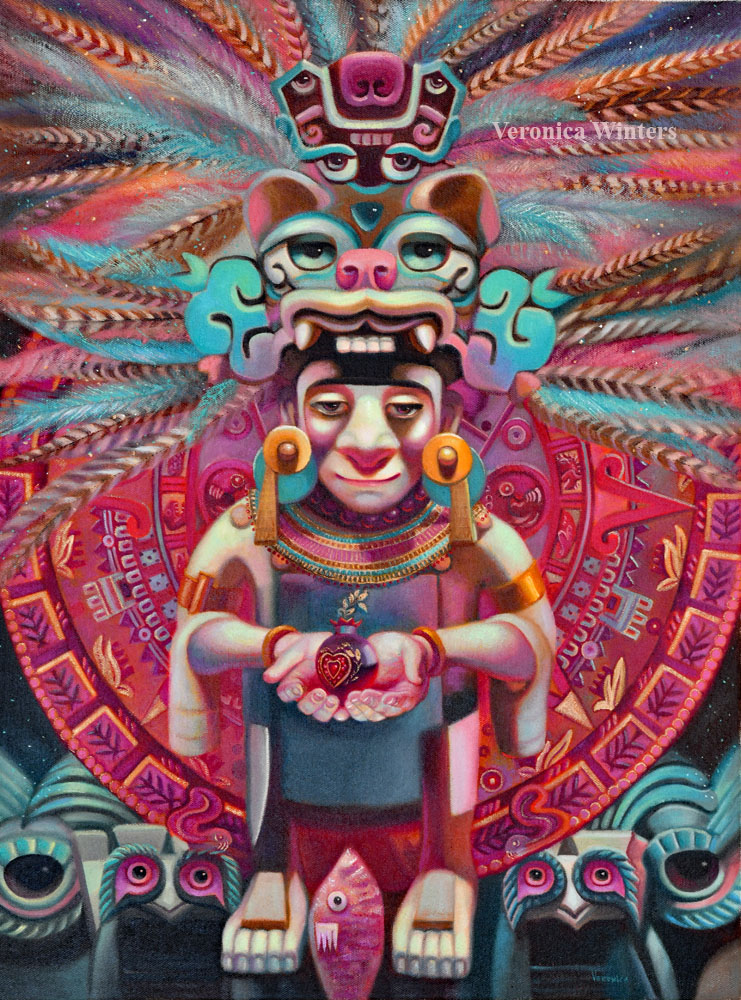
- Questions:nika@veronicasart.com
- 18×24 inches | Visionary art oil painting on canvas
- Lightfast oil paints | Varnished | Unframed (can be framed upon request)
- A certificate of authenticity guarantees the provenance
Delivery time & shipping:
The artwork ships within a week after receiving payment in full. If it requires framing, please allow for additional 3-week turnaround. Payment plans are available. If you’re not comfortable checking out here, I can send you a bill via PayPal to complete the transaction. This visionary art oil painting ships from my studio in Naples, Florida via FedEx ground or other requested service. International shipping is available to some countries. To receive a quote e-mail to nika@veronicasart.com
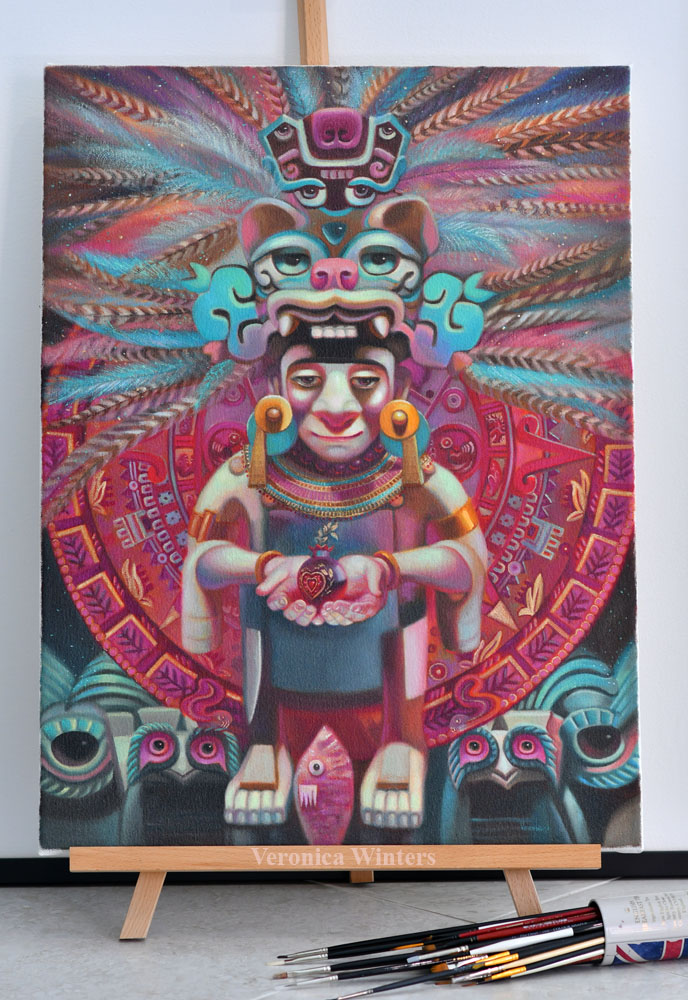

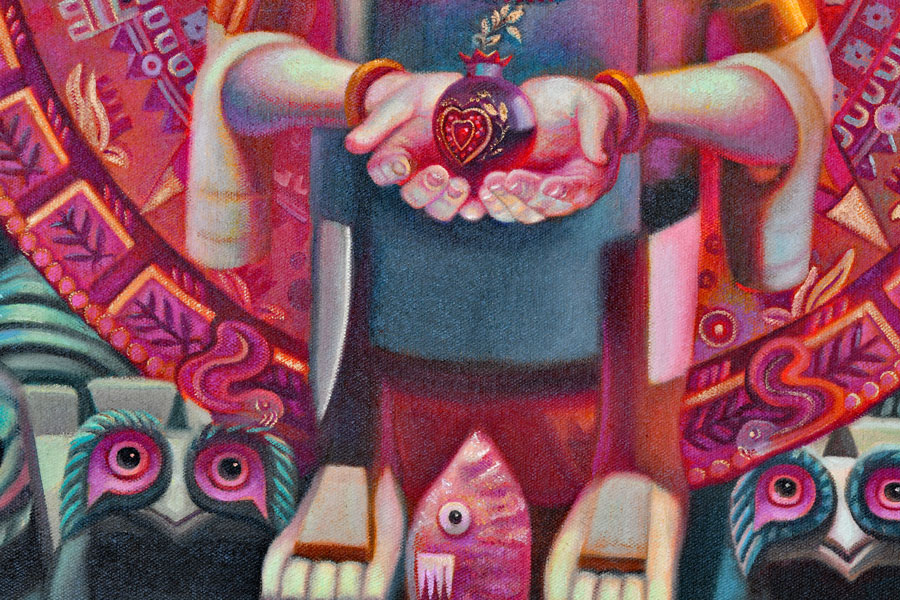

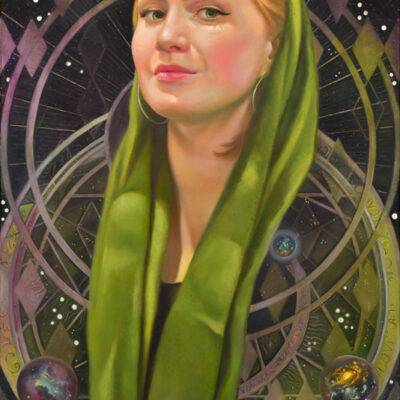


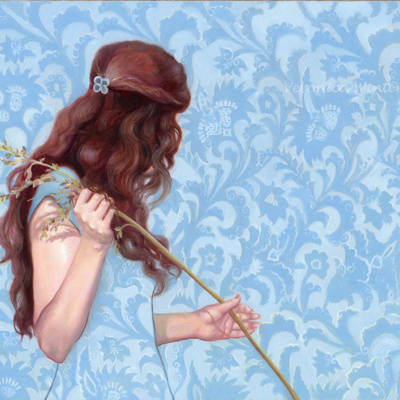
Reviews
There are no reviews yet.